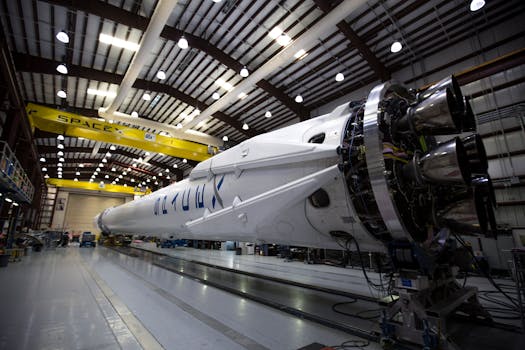Exploring the History of Satellite Development and Key Milestones

Satellite Development and Key Milestones
The focus keyword Satellite Development is crucial in understanding the history and evolution of satellites. The history of Satellite Development is a rich and fascinating story that spans over six decades. From the launch of the first artificial satellite, Sputnik 1, to the current state-of-the-art satellites, the journey has been marked by significant milestones and innovations. In this article, we will explore the history of satellite development and highlight some of the key milestones that have shaped the industry.
The concept of satellite development began in the early 20th century, when scientists and engineers started exploring the possibility of launching artificial satellites into space. The idea gained momentum in the 1950s, with the launch of the first artificial satellite, Sputnik 1, by the Soviet Union in 1957. This historic event marked the beginning of the space age and paved the way for the development of more advanced satellites.
The Early Years of Satellite Development
The early years of satellite development were marked by significant challenges and innovations. The first satellites were simple in design and function, with limited capabilities and short lifetimes. However, they paved the way for the development of more advanced satellites, with improved capabilities and longer lifetimes. One of the key milestones in the early years of satellite development was the launch of the first American satellite, Explorer 1, in 1958. This satellite was designed and built by NASA and marked the beginning of the American space program.
Another significant milestone in the early years of satellite development was the launch of the first communications satellite, Telstar 1, in 1962. This satellite was designed and built by AT&T and marked the beginning of the commercial satellite industry. Telstar 1 was used for transatlantic communications and paved the way for the development of more advanced communications satellites.
Advances in Satellite Technology
Over the years, satellite technology has advanced significantly, with improvements in design, materials, and capabilities. One of the key advances in satellite technology was the development of geostationary satellites. These satellites are placed in a geostationary orbit, which allows them to remain stationary over a fixed point on the Earth’s surface. This has enabled the development of a wide range of applications, including telecommunications, weather forecasting, and navigation.
Another significant advance in satellite technology was the development of satellite constellations. These constellations consist of multiple satellites that work together to provide global coverage and enable a wide range of applications, including communications, navigation, and Earth observation. Satellite constellations have enabled the development of new services and applications, such as satellite internet and satellite-based navigation systems.
Modern Satellite Development
Today, satellite development is a thriving industry, with a wide range of applications and services. Modern satellites are designed and built using advanced materials and technologies, with improved capabilities and longer lifetimes. One of the key trends in modern satellite development is the use of small satellites, also known as CubeSats. These satellites are small in size and weight, and are designed to be launched at a lower cost than traditional satellites.
Another significant trend in modern satellite development is the use of reusable launch vehicles. These vehicles are designed to be launched multiple times, reducing the cost of access to space and enabling the development of new satellite-based services and applications. Companies such as SpaceX and Blue Origin are leading the way in the development of reusable launch vehicles, and are enabling a new era of satellite development and space exploration.
Conclusion
In conclusion, the history of satellite development is a rich and fascinating story that spans over six decades. From the launch of the first artificial satellite, Sputnik 1, to the current state-of-the-art satellites, the journey has been marked by significant milestones and innovations. The focus keyword Satellite Development is crucial in understanding the history and evolution of satellites. As the satellite industry continues to evolve and grow, we can expect to see new and innovative applications and services emerge, shaping the future of space exploration and development.

